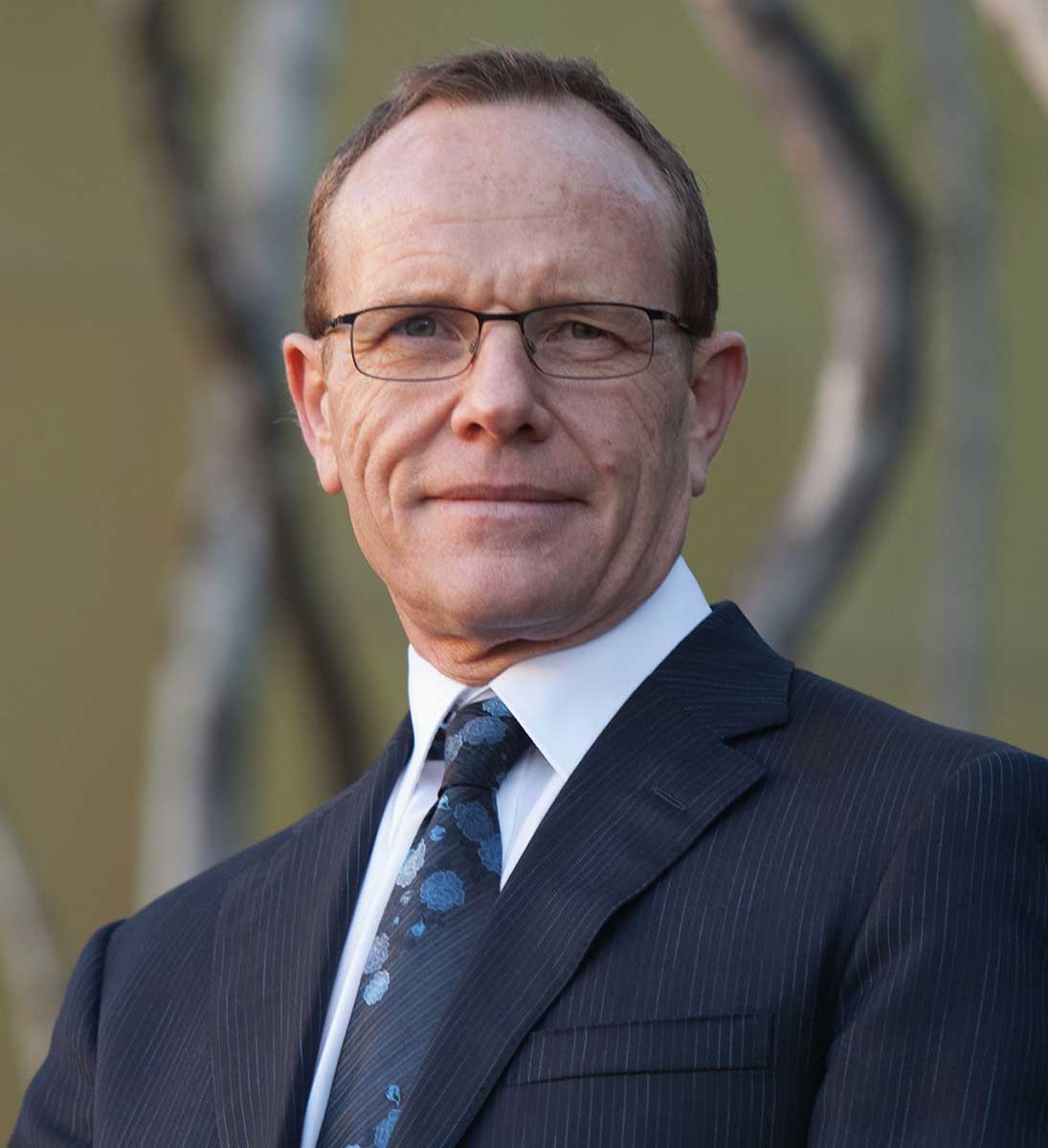
This was a significant year in the life of the National Museum of Australia. It was a year in which a new set of strategic priorities was formulated and endorsed — priorities that will shape the direction of the Museum into the future. These strategic priorities are aimed at transforming the Museum and positioning it for the challenges of the next decade. They seek to bring the Museum to the forefront of the cultural life of this country and to a position of leadership in which contemporary Australia is understood in relationship to its past and its future promise.
Principal among the new strategic priorities is the aspiration to ‘create a place that people love, renowned for its excellence’. To this end we will deploy all of the internal resources available to the Museum responsibly and efficiently. The priorities also seek to establish fruitful partnerships to help the Museum increase its resources and reach wider audiences in Australia and globally. They also embrace the notion of providing lifelong learning opportunities for visitors to the Museum and using the national collection to greatest effect.
This year the Museum celebrated record visitation of nearly five million, which included visitors to the Museum and its travelling exhibitions and online visitors. Over one and a half million people visited our temporary exhibitions and enjoyed our public programs and events, demonstrating strong audience interest in the Museum. In July, we opened Yiwarra Kuju: The Canning Stock Route, an exhibition developed in partnership with FORM, an independent arts organisation based in Perth, Western Australia. The exhibition proved to be a huge success. It attracted over 120,000 visitors during its showing in Canberra, the highest attendance at any Museum exhibition since the Museum building opened in 2001. We plan to tour the exhibition nationally in Australia during 2011–12. One feature of this exhibition that attracted a great deal of attention was the extensive and innovative use of interactive multimedia.
In March 2011, we opened Not Just Ned: A True History of the Irish in Australia. Again, this exhibition proved to be extremely popular and was enjoyed by more than 70,000 visitors. The exhibition was in many ways a model exhibition for the National Museum of Australia. It explored a subject of particular importance in our national story, it was generated from within the Museum, and it allowed us to highlight and give context to some significant objects in the Museum’s collection.
In June 2011, we opened the permanent gallery Landmarks: People and Places across Australia, the last in a series of enhancements to the Museum’s displays that came out of the Carroll Review of the Museum in 2003. Museum staff worked on this exhibition for several years and the result of their efforts is a display, organised on both chronological and geographical principles, that tells a number of important Australian stories in great depth and detail. More than any other part of the Museum, Landmarks is a reminder of the importance of regional Australia. Its breadth is deliberately and truly national.
The Museum continued to play a significant educational role in the Australian community. In the formal education sector we continued to work towards one of our stated goals: to ensure that the Museum’s programs are developed in step with the emerging national curriculum. But our commitment is also to a wider educational constituency, encompassed in the phrase ‘lifelong learning’. Public programs, publications and our online presence are three powerful ways that we reach out to Australians — whoever they are and wherever they are.
In November 2010, we opened one of our collection treatment and storage facilities to the public in our ‘Come into our shed’ open day. It was a great opportunity for people with many and diverse interests to experience the collection close-up. A particularly gratifying feature of the day was the opportunity for visitors to look ‘behind the scenes’ and to meet the staff who carry out the important collection management work in the Museum’s conservation and registration teams. Again, this open day pointed to an area we want to develop in the future — revealing the whole work of the Museum to our visitors.
In March 2011, the National Museum of Australia marked the tenth anniversary of the opening of the building on Acton Peninsula. I want to take this opportunity to acknowledge the dedication of the staff of the Museum over that decade (and, indeed, in the years before) and their hard work in bringing the Australian story to the nation. I would also like to acknowledge the continuing support shown by the Friends of the National Museum of Australia and the many volunteers who bring skills and enthusiasm to the work of the Museum.
At the very end of the 2010–11 financial year we commenced the rolling out of a new brand identity, which describes the Museum as a place ‘where our stories live’. These are challenging times for museums but we will be led into the future by single-minded attention to bringing the Australian story to life for as many people as we can possibly reach.
Andrew Sayers AM
August 2011